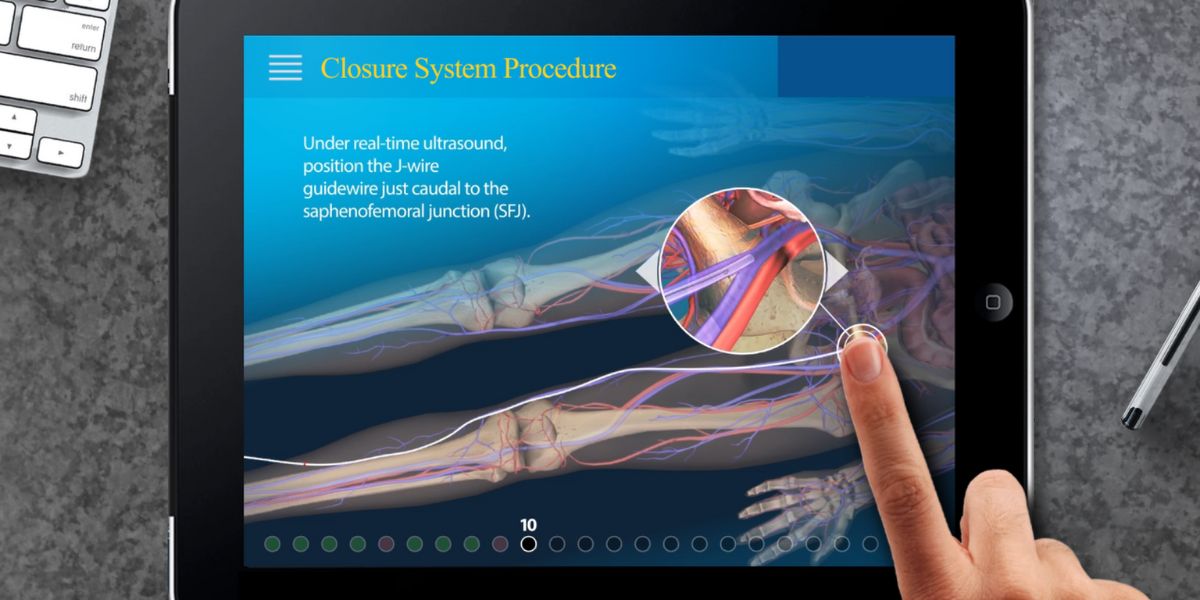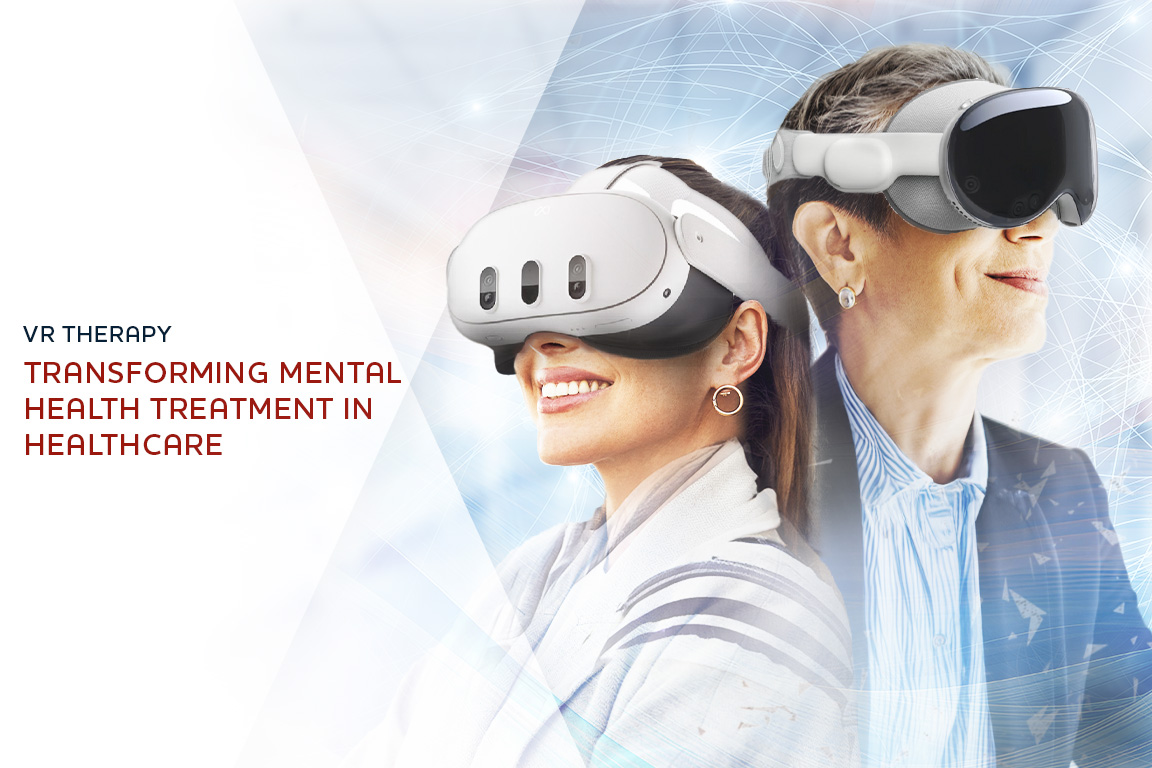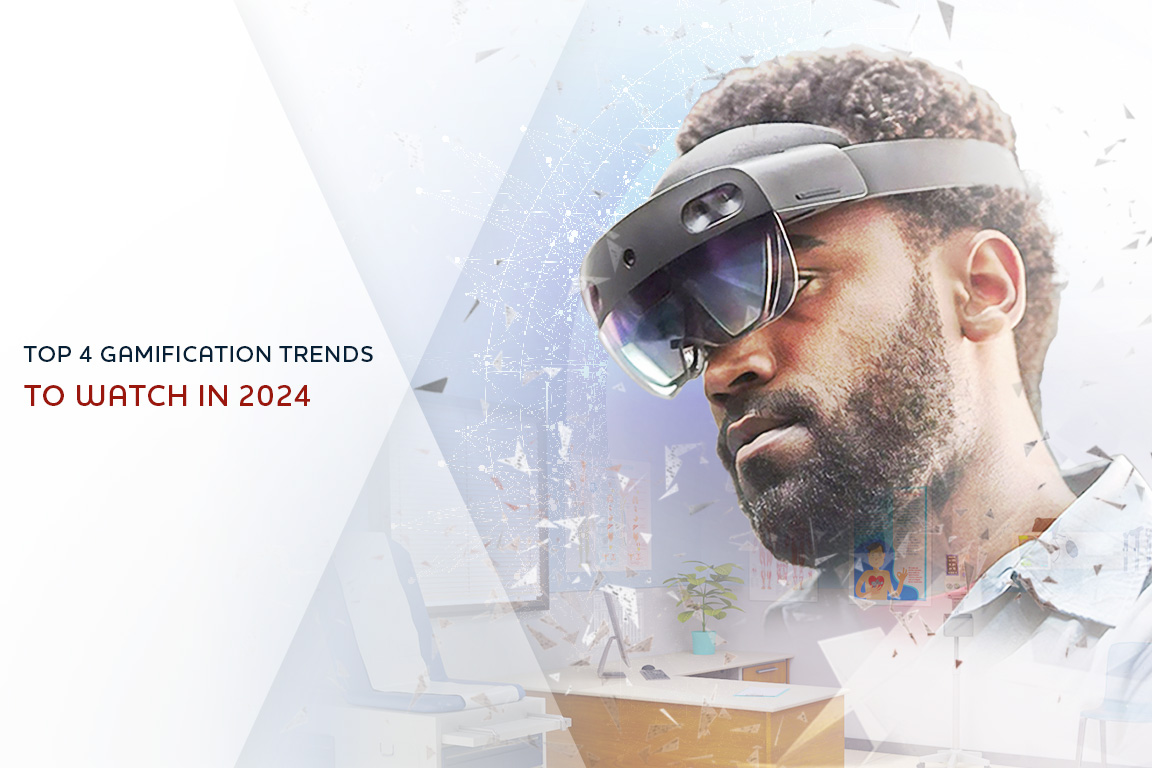The most important thing in healthcare is the ability to save lives. This explains the significant advancements in medical education over the years, such as integrating immersive medical simulations with the traditional classroom learning model.
Medical 3D animation is vital in the life sciences industry, especially with the introduction of new treatment approaches to protect patients from possible danger. In addition, immersive patient simulations enable the combination of virtual patients with a 3D medical setting, thus facilitating a virtual immersion into a synthetic world.
Immersive medical simulation has many advantages in education. The greatest benefit of this approach to learning is that it gives learners a deeper understanding of their course material, as highlighted below.
3D Immersive Medical Simulation Increases Motivation
Immersive medical learning environments make learners feel that their digital surroundings are real. By being virtually placed in what feels like the real world, people have increased empathy in the scenarios they take part in. This feeling of realness helps learners take ownership of their education.
When a student or healthcare professional becomes immersed in virtual reality training, they become increasingly motivated to complete their course. In addition, this heightened awareness and interest in their learning offers them a better understanding of various concepts and procedures.
Traditional mannequins cannot be compared to 3D immersive medical simulation tools. They have numerous limitations in learning, the greatest one being the inability to resemble real-life patients. With immersive simulation, however, learners can work with realistic medical qualities such as missing limbs, seizures, and rashes, to mention a few. This level of realism helps them develop a personal emotional connection during their training, thus improving understanding.
Immersive Medical Simulation Learning Helps with Memory Retention
Virtual learning medical environments are very different from traditional instruction delivery learning environments. Immersive simulation settings present unique opportunities for learners to live through different scenarios.
According to a 2018 study, using immersive learning to teach neuroanatomy saw the test group that was able to utilize immersive medial simulations retained new information nearly 15% higher than those who just used 2D printed material to study.
One other curious outcome from the study was once the experiment was completed, each group was asked if they felt their method should be used as the primary method of teaching the subject. 94% of participants in the immersive medical simulation group said yes, while only 33% of the participants of the 2D printed material felt this should be the primary method of teaching.
By being able to live through different medical scenarios, learners can better understand how to handle situations. Moreover, this learning technique reduces the chances of errors in the real world.
A Free and Flexible Learning Environment
One of the most outstanding features of virtual reality (VR) simulation technology is that it offers learners a free learning platform with no risk of harming patients. A lot goes into practicing medical skills on real patients. While the learners try to apply their classroom knowledge to the real world, they often battle the fear and anxiety associated with not wanting to harm the patient.
However, with medical 3D animation, learners don’t have to worry about what could go wrong. Instead, they can relax and focus on completing their tasks with the conviction that they are not endangering anyone’s life, and if anything goes wrong, they can pause and hit the restart button if needed.
Personalization to Learning
The best way to understand a concept is to learn it gradually, from the beginner level to more advanced levels. However, this is not possible when training with real patients, as learners don’t get to choose the type of medical problem to work on. Immersive simulation, on the contrary, can teach students at different levels, from novice students to experts.
Virtual reality medical simulation allows learners first to take on beginner tasks and progressively advance to higher levels, such as learning surgical concepts. Immersive simulation training very accessible because every student uses a VR simulation tailored to their skill level. This improves their critical thinking capabilities, communication skills, and overall understanding.
Students Can Learn and Relearn
The core elements of 3D immersive medical simulation techniques are personalization of the learning content and repeatability. Immersive medical simulation modules are repeatable. Students can carry out the same tasks over and over until they fully grasp the concepts. They are free to make errors in a safe and controlled environment. This leads to more accuracy when carrying out the same procedures in the real world, especially during emergencies.
In addition, when using 3D immersive simulations, students get exposure to a broad spectrum of scenarios, which is impossible in real clinical practice. The primary objective is integrating theory with practice by applying different ethical principles and systems.
3D Immersive Medical Simulations Make Learners More Confident
The ability to develop a clinical muscle to ensure patient safety requires confidence. Even the most celebrated doctors were afraid and naive at some point in their careers. This is normal for beginners and gets better with time. Confidence does not come by chance; it takes years of practice and overcoming failure.
3D simulations allow learners to immerse themselves in different clinical settings and handle numerous medical emergencies. The ability to fail repeatedly and learn from mistakes instills newfound confidence in learners, making them autonomous in their residency years. The confidence gained from immersive medical simulation training goes far beyond clinical diagnosis. It also involves gaining confidence to handle high-stress situations and day-to-day patient interactions.
Students Can Apply Academic Knowledge
Before beginning their clinical practice, medical students spend many years in the classroom, gaining foundational scientific knowledge. Apprenticeship is a good way of seeing what was learned in class applied in real life. However, immersive medical simulation allows students to apply their theoretical knowledge sooner than later, thus increasing their overall understanding. The ability to make mistakes and learn from them becomes a valuable asset in learning.
Conclusion
3D immersive medical simulation has revolutionized medical education because it can replicate different healthcare settings and foster personalized and interprofessional learning. The possibilities are endless for researchers, medical institutions, and students to practice their skills on tailored designs.
At Tipping Point Media, we are experts in creating virtual training backed by science to increase retention and engagement. Our team will customize your training to meet the needs of your learners and help you achieve your training and marketing goals. Contact us today to learn more about our services.



